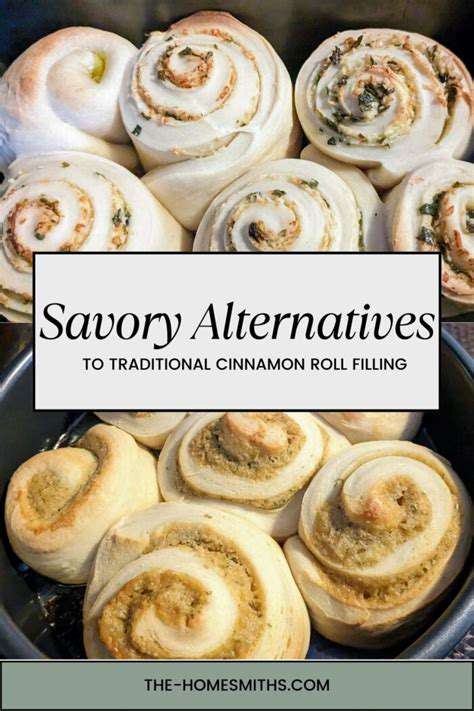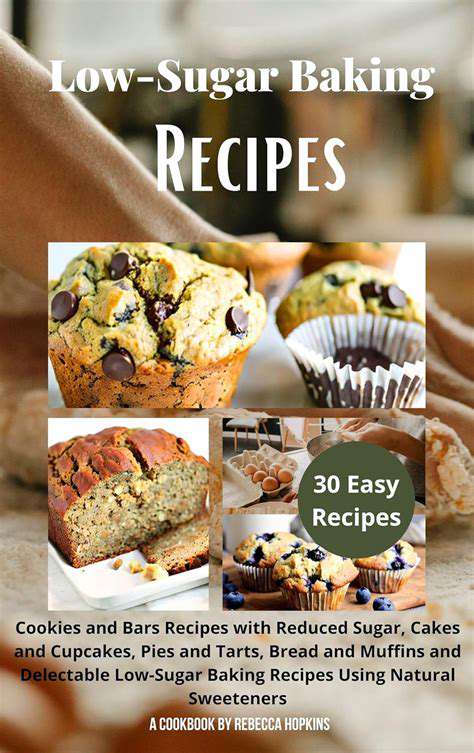Low Sugar Recipes: Reduce Your Sugar Intake
Refined grains are often stripped of their nutritious fiber and enriched with added sugars. Shifting to whole grains, such as brown rice, quinoa, whole wheat bread, and oats, can provide a significant boost to your nutritional intake. These grains are packed with fiber, which promotes healthy digestion, regulates blood sugar levels, and contributes to a feeling of fullness.
Whole grains can be easily incorporated into your diet. Swap white bread for whole wheat, choose brown rice over white rice, and incorporate oats into your breakfast routine. These simple swaps can make a substantial difference in your overall health and well-being.
Natural Sweeteners
Exploring natural sweeteners like honey, maple syrup, or agave can be a delicious way to satisfy your Sweet cravings without the added sugar. However, it's important to be mindful of portion sizes. These natural sweeteners still contain calories and can contribute to your overall sugar intake if used excessively.
These sweeteners can also be used as substitutes in cooking and baking. Experiment with different recipes and find ways to incorporate them into your meals in a way that complements the natural flavors of the food. Always be conscious of portion control when using these sweeteners.
Savory Alternatives
Often, our cravings for sweet foods are driven by a desire for taste and texture. Instead of reaching for sugary treats, explore savory snacks and meals. A handful of nuts, seeds, or a piece of cheese can satisfy your cravings without adding excess sugar or unhealthy fats.
Experiment with different spices and herbs to enhance the flavors of your meals. This will help you discover new taste combinations and enjoy a wider variety of flavors without relying on sugary additions.
Hydration is Key
Staying hydrated is often overlooked but plays a significant role in managing cravings. When you're thirsty, your body may mistake it for hunger, leading you to reach for sugary drinks. By drinking plenty of water throughout the day, you can often curb these cravings and make healthier choices.
Carry a reusable water bottle with you to remind yourself to drink water regularly. Infuse your water with fruits or herbs for a refreshing twist. The simple act of staying hydrated can lead to significant improvements in your overall well-being and dietary choices.
Savory Alternatives to Sugar-Heavy Dishes

Finding Flavorful Alternatives to Sugar
Sweet cravings are a common human experience, but relying heavily on sugar can lead to various health problems. Fortunately, there are many delicious and nutritious alternatives available that can satisfy your taste buds without the detrimental effects of excess sugar. Exploring these savory options can open up a whole new world of flavor and culinary possibilities.
Discovering these alternatives often involves a shift in perspective, moving away from solely relying on sugary ingredients and embracing the depth of flavor found in spices, herbs, and umami-rich foods. This transition can be incredibly rewarding, as you unlock a wider range of culinary experiences and discover new ways to enhance your dishes.
Spices and Herbs: Enhancing Flavor Without Sugar
Spices and herbs are powerful flavor enhancers that can significantly elevate your dishes without the need for added sugar. Cayenne pepper, ginger, garlic powder, paprika, and cinnamon are just a few examples of spices that can add complexity and depth to your meals. Using a variety of spices in different combinations can create unique and exciting flavor profiles.
Fresh herbs like cilantro, parsley, mint, and basil can also add a vibrant and fresh touch to your culinary creations. These herbs can be incorporated into various dishes, from salads and soups to main courses and sauces, adding a burst of flavor without the need for added sugar.
Experimenting with different spice blends and herb combinations can lead to countless exciting culinary discoveries.
Umami-Rich Foods: A Savory Symphony
Umami, the fifth basic taste, is characterized by a savory and meaty flavor. Foods rich in umami, such as mushrooms, tomatoes, soy sauce, and seaweed, provide a depth of flavor that can be used to enhance the taste of dishes without relying on added sugar.
Incorporating these umami-rich ingredients into your meals can create a more complex and satisfying flavor profile. This is particularly useful in savory dishes where the presence of sugar is not desired or necessary for achieving the intended taste.
Savory Sauces and Condiments: Unleashing Flavorful Possibilities
A wide array of savory sauces and condiments are available that can add depth and complexity to your dishes without relying on sugar. These sauces, often infused with herbs, spices, and umami-rich ingredients, offer a unique and satisfying alternative to sugary dressings or sauces.
From sriracha to balsamic glaze (often used in savory applications), these sauces and condiments can elevate your food and create a more balanced, complex flavor.
Savory Cooking Techniques: Elevating Culinary Experiences
Beyond specific ingredients, exploring different cooking techniques can help you create savory dishes without resorting to sugar. Techniques like roasting, grilling, and braising can bring out the natural flavors of ingredients, resulting in dishes that are flavorful and satisfying without the addition of sugar.
Mastering these cooking techniques can significantly enhance your culinary skills and allow you to create a wider range of savory dishes. This can also lead to a more health-conscious approach to cooking while maintaining a delicious taste.
Low-Sugar Baking: Achieving Delicious Results

Low-Sugar Baking: Unveiling the Sweet Secrets
Low-sugar baking is a fascinating culinary journey that allows you to create delicious treats without the guilt or health concerns associated with high-sugar recipes. This approach is more than just a trend; it's a mindful way to enjoy the art of baking while maintaining a healthier lifestyle. It's all about finding the perfect balance of flavors and textures, often relying on creative substitutions and techniques to achieve a satisfyingly sweet outcome.
Many people are drawn to low-sugar baking because they want to reduce their sugar intake without sacrificing their favorite baked goods. This approach often involves exploring alternative sweeteners and understanding how they interact with other ingredients.
Exploring Alternative Sweeteners
A crucial aspect of low-sugar baking is the exploration of diverse sweeteners. Sucralose, stevia, and erythritol are just a few examples of popular alternatives that offer varying degrees of sweetness and impact on the final product. Understanding the distinct properties of each sweetener is key to achieving the desired taste and texture in your baked goods.
Experimentation is essential when working with different sweeteners. Their effects on moisture content, texture, and overall taste profile can vary significantly. Finding the optimal sweetener combination for your recipe is part of the fun and creativity involved in low-sugar baking.
Understanding Sugar's Role in Baking
Sugar plays a crucial role in traditional baking, impacting texture, moisture, and browning. In low-sugar baking, understanding this role allows you to make informed substitutions and adjustments. This understanding is key to creating delicious treats with reduced sugar.
By understanding how sugar affects the final product, you can learn to manipulate other ingredients to achieve similar effects, such as using applesauce or mashed bananas to add moisture and sweetness.
Creative Ingredient Substitutions
Low-sugar baking often involves creative substitutions to maintain desired textures and flavors. Replacing sugar with applesauce, mashed bananas, or pureed fruits can add moisture and a touch of sweetness without the added calories.
The Importance of Flavor Balancing
Flavor balancing is essential in low-sugar baking. A common mistake is simply reducing sugar without considering how it impacts other flavors. Enhance the natural sweetness of fruits or spices to achieve the desired balance. Using extracts, nuts, and spices can dramatically enhance the overall flavor profile and create a delicious experience.
Maintaining Texture and Moisture
Maintaining the desired texture and moisture level in low-sugar baked goods can be challenging. Using alternative sweeteners and techniques like incorporating flaxseed meal or chia seeds can help achieve a similar texture. It is important to carefully adjust the liquid content of the recipe to maintain the correct moisture level.
Experimentation is key to mastering these substitutions. Knowing how different ingredients interact is essential to creating the desired texture and moisture.
Embracing the Process
Low-sugar baking is more than just a recipe; it's a journey of discovery and creativity. Experimentation, understanding ingredient interactions, and flavor balancing are all part of the process. It's about embracing the challenge and finding new ways to create delicious treats that are both satisfying and healthy.
This approach encourages a mindful relationship with food, fostering creativity and appreciation for the art of baking.